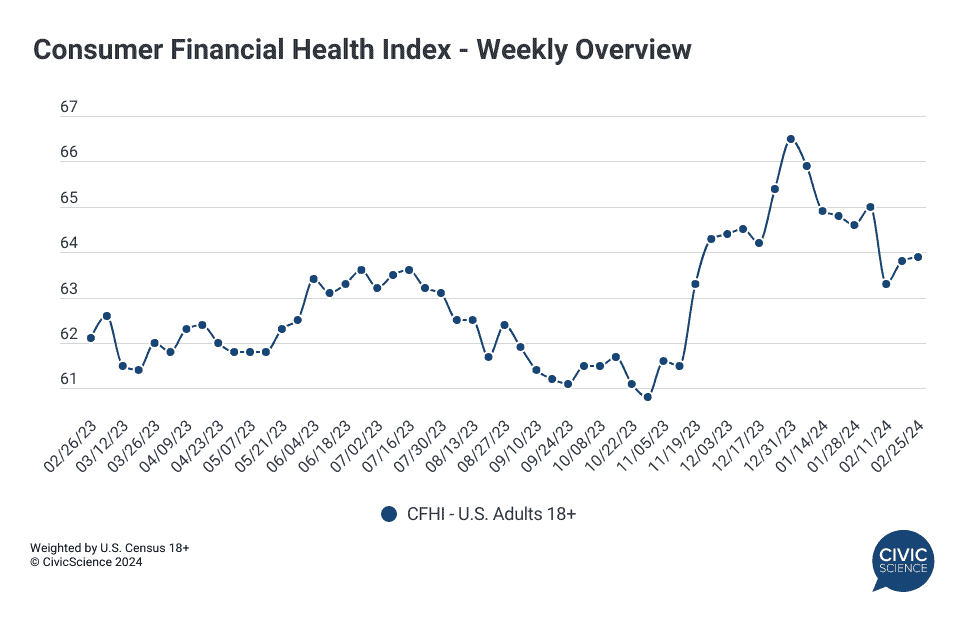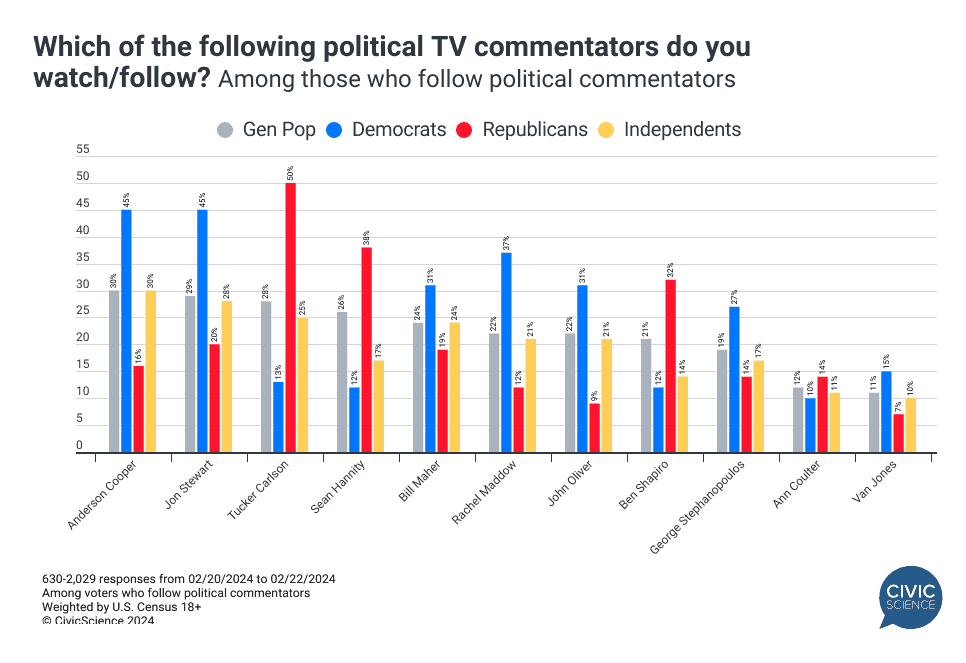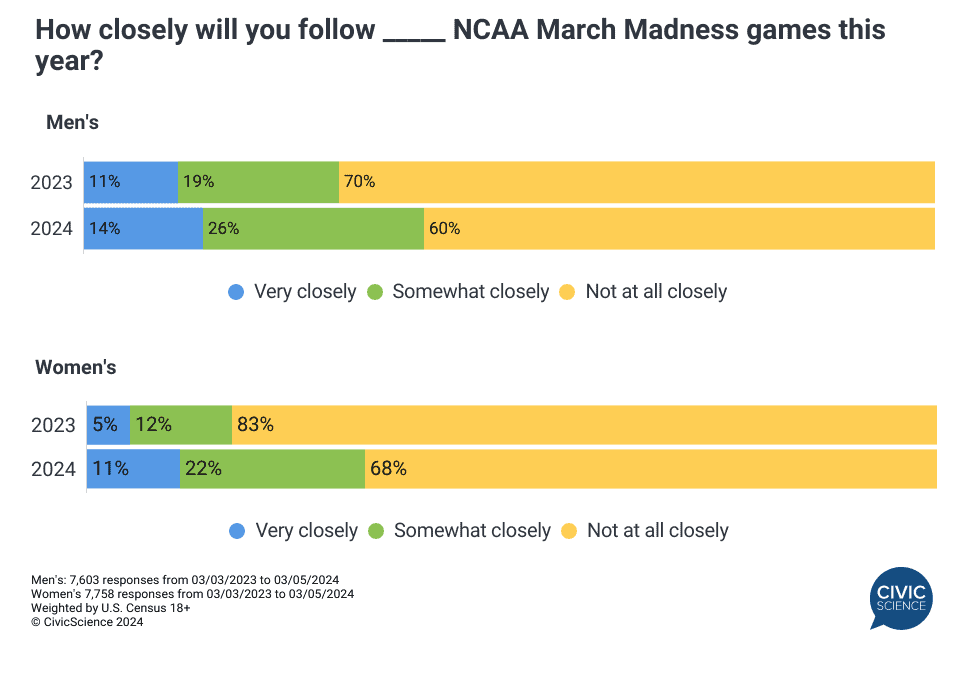“What gives you hope?”
I was asked that question during a speaking gig last week. I didn’t skip a beat, only because I’m really good at making shit up on the fly. But it definitely tested my mettle.
It’s not that I didn’t have a good, sincere answer. It’s just that nobody ever asks me that. 999 times out of 1,000, people ask what keeps me up at night. They want to know about the storms on the horizon, the cliff at the end of the road.
Fear is a stronger impulse than optimism. You can thank millions of years of evolution for that.
Coincidentally, I had a 1-on-1 session last week with a CEO whose company is on an epic five-year run. I asked him if anything was keeping him up at night. His answer: “Not knowing what should be keeping [him] up at night.” I abided.
I can spew dire warnings all day, often stopping myself before this email turns into one of those “Other than that, Mrs. Lincoln, how was the show?” diatribes. I hate starting your Saturday on a sour note. It’s just that so many things over the past eight years – so many things today – can give you a reason to worry.
But make no mistake. There are plenty of things that give me hope, enough, even, to put me back to sleep.
Gen Z – especially Gen Z women – are at the top of that list. This young generation of adults has the perfect balance of ambition and empathy, individualism and selflessness, idealism and irreverence, technology savvy and cynicism to save the world, no matter how badly we try to mess it up. They need to hurry.
The recent evolution of our politics also gives me hope. The ongoing expansion of America’s political “middle,” the increasing rejection of its fringes, is promising. Tribalism hit its peak (or its bottom) in 2021. Slowly, the spell is breaking. We’re less obsessed with political news, fighting less with friends and family, more willing to call balls and strikes. Sadly, a déjà vu presidential matchup won’t allow the middle to flex its might this year. It’s a matter of time.
There’s more. The increased awareness and de-stigmatization of mental health. The pace of medical innovation. The data privacy movement.
It all just needs to happen faster. Or else…
Here’s what we’re seeing:
Consumers’ financial outlook took a dive in February, but things looked slightly better heading into March. Our Consumer Financial Health Index has been on quite the roller coaster over the past year, falling steadily from June through October of 2023, skyrocketing from Halloween to New Year’s, then plummeting from January through mid-February. It’s too early to call it a trend, but at least things have improved a bit in the past two weeks. And, since I’m trying to be glass-half-full today, the index is still safely above its level this time last year (although personal debt concerns have worsened). You can’t really blame consumers for their jostling views. The mix of economic news these days will make anyone’s head spin.

A clear majority of Americans and political independents support content moderation on social media. In our 3 Things to Know this week, we took a gander at how people feel about social media companies flexing their right to limit what people post on the platforms. Fifty-two percent support it, compared to just 27% who don’t. Unsurprisingly, Rs and Ds differ widely. Independents look almost identical to the average U.S. pop. In other news, we looked at interest in Samsung’s new “smart ring” product (which actually sounds pretty cool) and how people continue to shop for special occasions even as the Christmas holiday is long past.

Trust in political commentators outpaces trust in the media, but not by much. According to data we examined late last year, only 34% of Americans say they have any trust in the U.S. media. This week, we dove deeper into the political punditry, where trust balloons to a whopping 36%. To be fair, people trust individual commentators – their favorite commentators – at much higher levels. For example, among people who watch them, Sean Hannity and Van Jones are trusted the most. This study is worth digging into on your own. It’s pretty fascinating.

Environmental worries are the lowest they’ve been in nearly a decade. Maybe it’s because there are so many other things to worry about or maybe people feel better about the steps being taken to address it (I’m betting the former), but the percentage of Americans who are very concerned about climate change has fallen to a level we haven’t seen since 2015. At the same time, interest in solar power is on the rebound (nuclear is decidedly not), with Gen Zs and Millennials showing the most interest in solar panels for their homes – that is, if they can afford to buy a home.

We need to talk more about what Caitlin Clark is doing for women’s sports. Still a week before the brackets are even set, interest in the Women’s NCAA March Madness is double what it was this time last year. In fact, in 2023, the percentage of Americans who expected to follow the men’s tournament “very closely” more than doubled that of the women’s tournament. This year, just three percentage points separate them. While she doesn’t deserve all the credit – college game attendance across the country is shattering attendance records – the Caitlin Clark effect is undeniable. Incidentally, the number of people who expect to watch either March Madness tourney via a streaming platform jumped more than 50% this year.

More awesomeness from the InsightStore™ this week:
- Relative to other age groups, Gen Z is still spending more on clothing and personal care, less so on groceries and household products;
- Five things to know about Wrangler jeans wearers (they eat a lot of frozen food);
- Fruit of the Loom customers are driven by nostalgia – and name brands;
- Cheerios reign supreme and other National Cereal Day insights.
The most popular questions this week:
Scenario: Someone behind you is talking incessantly at the movie theater. What do you do?
Do you ever go without checking social media for a day?
How often do you use ridesharing services?
Do you rinse your mouth after brushing your teeth?
Do you have any reoccurring dreams from your childhood?
How closely do you typically adhere to expiration dates on food packaging?
Answer Key: Say something, nicely at first; Maybe a couple times a year; A lot; Wait, some people don’t?; No but I wish I did; Generally a 1-week grace period.
Hoping you’re well.
JD
Sign up for a free seven-day trial of our Sage AI-powered consumer analytics assistant, which lets you explore our database of 5+ billion insights and 600,000+ questions.
Not on the list to receive this email? Sign up here. If you are new to this list, check out our Top Ten to get caught up.








